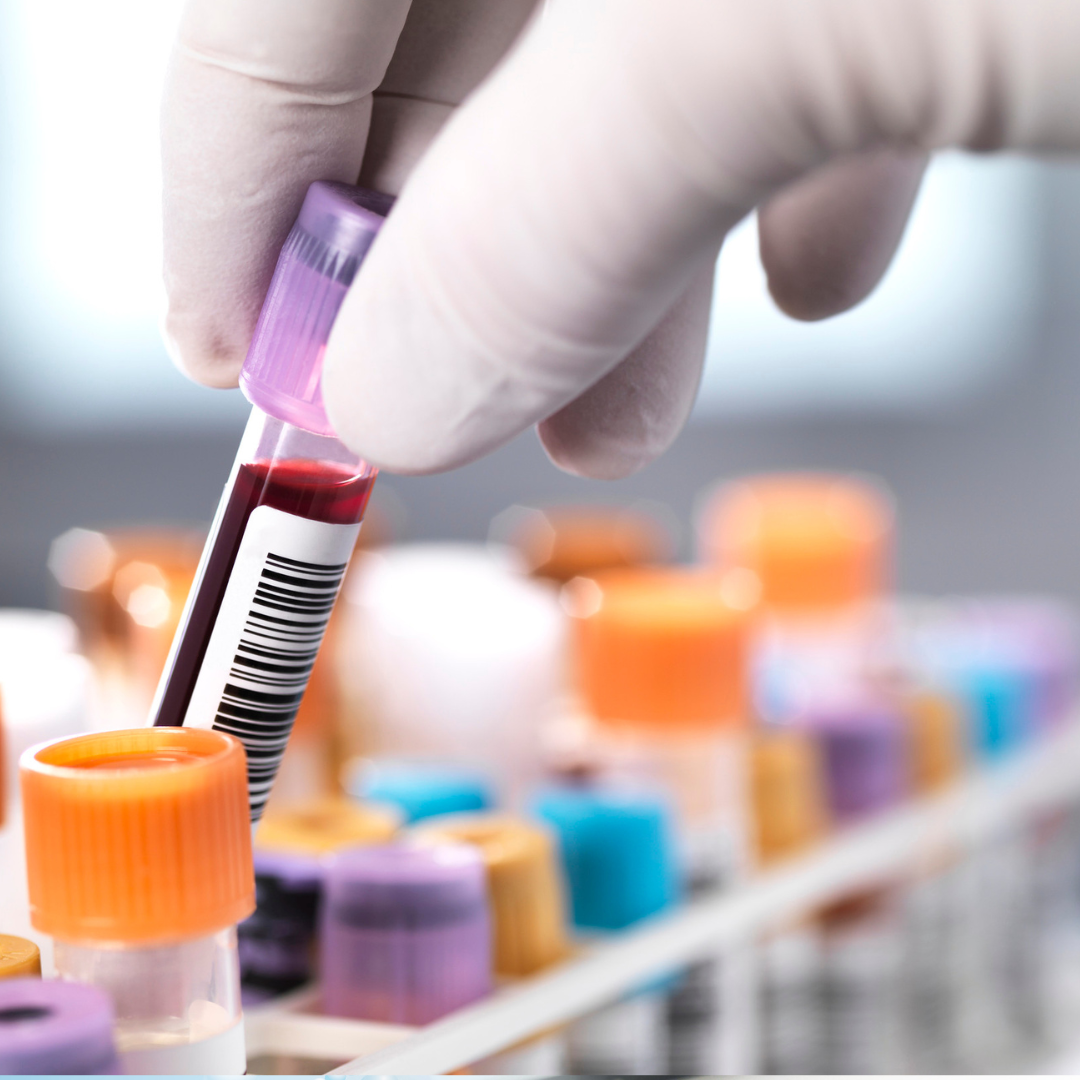Tracking Hormonal Shifts: New Insights into Oestrogen and Progesterone Metabolites During Pregnancy
A recent study published in Scientific Reports provides a comprehensive analysis of how oestrogen and progesterone metabolites fluctuate throughout a healthy pregnancy. Researchers employed ultrahigh-performance liquid chromatography-tandem mass spectrometry (UPLC-MS/MS) to measure these hormonal changes in human urine samples, offering a detailed timeline of hormonal dynamics during gestation.
Key Findings:
-
Oestrogen Metabolites:
Levels of oestrone, oestradiol, oestriol, 16-epioestriol, 17-epioestriol, and 2-methoxyoestradiol were observed to gradually increase as pregnancy progressed. Conversely, 2-hydroxyoestrone, 2-hydroxyoestradiol, and 4-hydroxyoestradiol decreased rapidly in early pregnancy and then stabilised at lower levels. Notably, 4-methoxyoestradiol, 4-methoxyoestrone, and 2-methoxyoestrone peaked during mid-pregnancy before declining. -
Progesterone Metabolites:
Pregnenolone, 17α-hydroxy pregnenolone, 17α-hydroxy progesterone, pregnanolone, and epipregnanolone showed a steady increase throughout pregnancy. In contrast, progesterone, 20α-hydroxy progesterone, 5α-dihydroprogesterone, and 5β-dihydroprogesterone levels rose during mid-pregnancy and then decreased in the later stages.
These findings underscore the intricate hormonal adaptations that occur during pregnancy and highlight the potential of urinary hormone metabolite monitoring as a non-invasive method for assessing pregnancy health. Such insights could pave the way for early detection of pregnancy complications and enhance our understanding of hormonal regulation during gestation.



